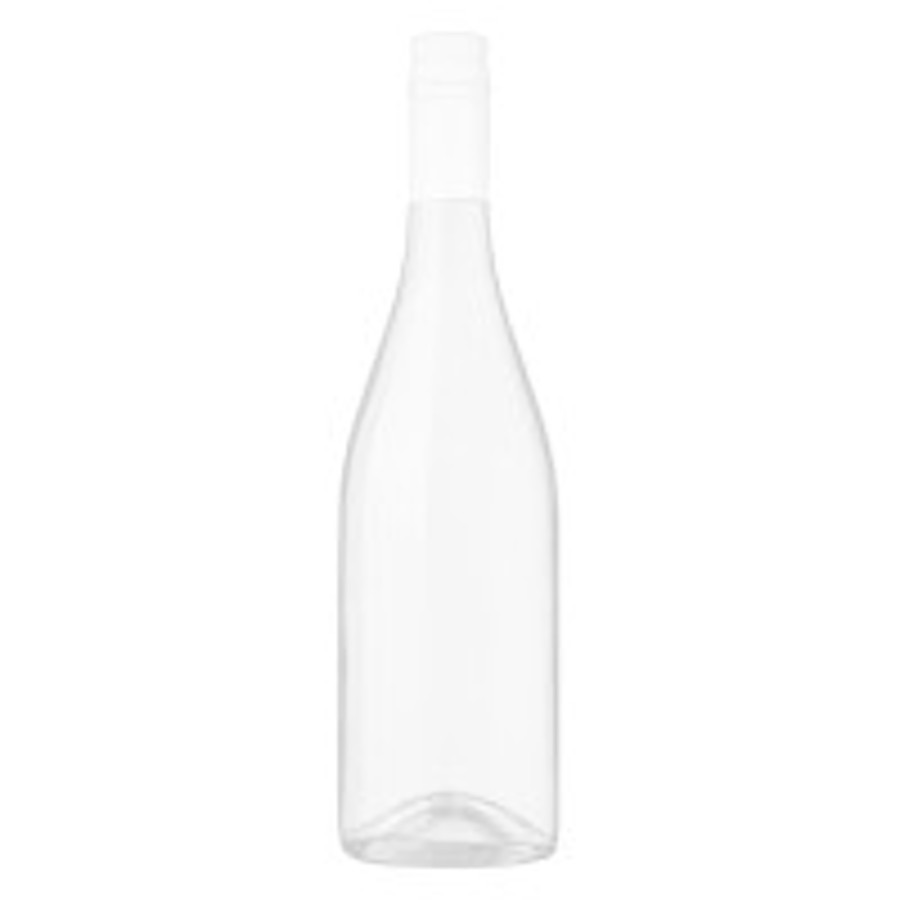Selective breeding in corn
Selective Breeding In Corn. This activity guides the analysis of a published scientific figure from the worlds longest-running controlled artificial selection study in which scientists tested whether they could use selective breeding to change the protein concentration of maize corn. Nowadays corn is grown all over the planet and humans are still making changes using more advanced breeding techniques. Corn Breeding goes on to describe the steps in corn breeding today including traditional breeding molecular marker-assisted selection and transgenic techniques. Instead it attempts to do so by selecting parents with desirable characteristics who then breed creating offspring with those same traits.
 Crossing For Kernels Over Time Selective Breeding Modifies Teosinte S Download Scientific Diagram From researchgate.net
Crossing For Kernels Over Time Selective Breeding Modifies Teosinte S Download Scientific Diagram From researchgate.net
Plant breeding was once restricted to sexually compatible plants and generations of offspring were selectively bred to create unique varieties. Biologists have since begun genetically manipulating plants like corn for desirable traits such as increasing production decreasing. Mexicans began selectively breeding corn around 10000 years ago. Lets say a community wishes to plant corn in the desert. They used many generations of selective breeding to transform a wild teosinte grass with small grains into the rich source of food that is modern Zea mays. By selectively breeding each generation ancient farmers drastically changed teosintes appearance yield grain quality and survivabilityculminating in todays corn In fact teosinte is so unlike modern corn 19 th century botanists did not even consider the two to be related.
Selective breeding is the traditional method for improving crops and livestock such as increasing disease resistance or milk yield.
The study began in 1896 and spans over 100 generations of maize. By selectively breeding each generation ancient farmers drastically changed teosintes appearance yield grain quality and survivabilityculminating in todays corn In fact teosinte is so unlike modern corn 19 th century botanists did not even consider the two to be related. One such development is the mapping of the corn genome completed in 2009. Plant breeding was once restricted to sexually compatible plants and generations of offspring were selectively bred to create unique varieties. Selective Breeding also called artificial selection Selective breeding is the process of choosing which male and female individuals mate in order to develop a particular phenotypic trait. It is hoped that this infor -.
 Source: treehugger.com
Source: treehugger.com
Breed corn to produce for certain purposes such as feed corn or bio-fuel corn. Maize was bred from a wild grain called teosinte. They used many generations of selective breeding to transform a wild teosinte grass with small grains into the rich source of food that is modern Zea mays. In fact corn along with rice and wheattodays global crop stapleswould not exist without such techniques. In the 1980s for instance seed companies turned to.
 Source: pnas.org
Source: pnas.org
A kernel is a seed that has resulted from a female egg fertilised by a male pollen grain. Selective breeding is the traditional method for improving crops and livestock such as increasing disease resistance or milk yield. Maize was bred from a wild grain called teosinte. It is hoped that this infor -. Each year researchers planted seeds from the most protein-rich and protein-deficient plants from the previous generation.
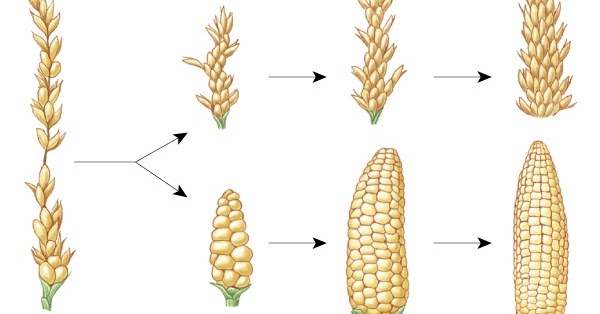 Source: biology4alevel.blogspot.com
Source: biology4alevel.blogspot.com
Through selective breeding eventually corn that can grow in the low-water conditions of the desert becomes possible. Running for over 100 generations this is now the longest-running controlled artificial selection experiment in the world. One such development is the mapping of the corn genome completed in 2009. Corn Breeding 1 covers the origins of corn and Native American breeding. Selective Breeding also called artificial selection Selective breeding is the process of choosing which male and female individuals mate in order to develop a particular phenotypic trait.
 Source: thinglink.com
Source: thinglink.com
Running for over 100 generations this is now the longest-running controlled artificial selection experiment in the world. Corn was originally domesticated in Mexico by native peoples by about 9000 years ago. Instead it attempts to do so by selecting parents with desirable characteristics who then breed creating offspring with those same traits. Nowadays corn is grown all over the planet and humans are still making changes using more advanced breeding techniques. Through selective breeding eventually corn that can grow in the low-water conditions of the desert becomes possible.
 Source: slidetodoc.com
Source: slidetodoc.com
Say for instance that you want to grow really tall trees in your backyard. Corn Breeding 1 covers the origins of corn and Native American breeding. From a single strain of corn the. In fact corn along with rice and wheattodays global crop stapleswould not exist without such techniques. Through selective breeding eventually corn that can grow in the low-water conditions of the desert becomes possible.
 Source: researchgate.net
Source: researchgate.net
Well its rather simple selective breeding doesnt alter the genetic material directly. In the 1980s for instance seed companies turned to. Teosinte is so unlike modern corn that originally. Lets say a community wishes to plant corn in the desert. The study began in 1896 and spans over 100 generations of maize.
 Source: pinterest.com
Source: pinterest.com
This activity guides the analysis of a published scientific figure from the worlds longest-running controlled artificial selection study in which scientists tested whether they could use selective breeding to change the protein concentration of maize corn. Lets say a community wishes to plant corn in the desert. In the 1980s for instance seed companies turned to. Well its rather simple selective breeding doesnt alter the genetic material directly. Mexicans began selectively breeding corn around 10000 years ago.

By selectively breeding each generation ancient farmers drastically changed teosintes appearance yield grain quality and survivabilityculminating in todays corn In fact teosinte is so unlike modern corn 19 th century botanists did not even consider the two to be related. From a single strain of corn the. By choosing the most favourable corn kernels to plant they were unconsciously using artificial selection to improve their crops. Running for over 100 generations this is now the longest-running controlled artificial selection experiment in the world. Maize was bred from a wild grain called teosinte.
 Source: nsf.gov
Source: nsf.gov
The study began in 1896 and spans over 100 generations of maize. Well its rather simple selective breeding doesnt alter the genetic material directly. By choosing the most favourable corn kernels to plant they were unconsciously using artificial selection to improve their crops. This activity guides the analysis of a published scientific figure from the worlds longest-running controlled artificial selection study in which scientists tested whether they could use selective breeding to change the protein concentration of maize corn. Teosinte is so unlike modern corn that originally.
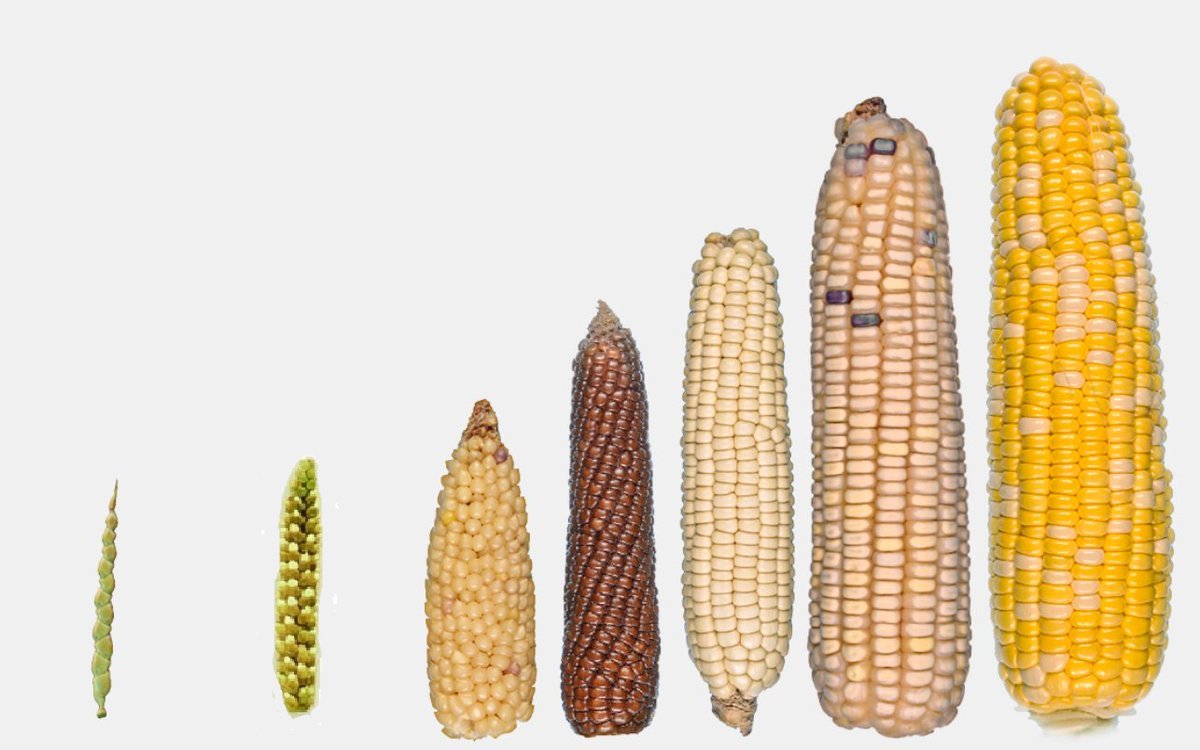 Source: twitter.com
Source: twitter.com
New genetic technologies may lead to further improvements in selective breeding. Corn Breeding goes on to describe the steps in corn breeding today including traditional breeding molecular marker-assisted selection and transgenic techniques. Once planted however that corn takes water resources away from other plants or animals. New genetic technologies may lead to further improvements in selective breeding. Selective breeding can affect plants or animals outside of the intended effort.

By choosing the most favourable corn kernels to plant they were unconsciously using artificial selection to improve their crops. Lets say a community wishes to plant corn in the desert. Biologists have since begun genetically manipulating plants like corn for desirable traits such as increasing production decreasing. Selective breeding can affect plants or animals outside of the intended effort. This map provides the location of each gene within corns genetic material.
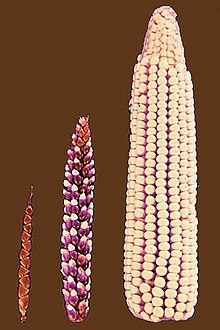 Source: en.wikipedia.org
Source: en.wikipedia.org
We introduce how the process of corn hybridization was discovered. We introduce how the process of corn hybridization was discovered. Selective Breeding also called artificial selection Selective breeding is the process of choosing which male and female individuals mate in order to develop a particular phenotypic trait. By selectively breeding each generation ancient farmers drastically changed teosintes appearance yield grain quality and survivabilityculminating in todays corn In fact teosinte is so unlike modern corn 19 th century botanists did not even consider the two to be related. Lets say a community wishes to plant corn in the desert.
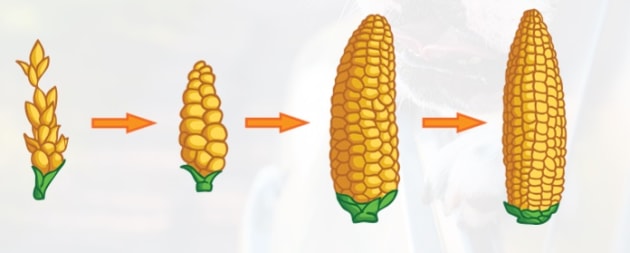 Source: twinkl.ae
Source: twinkl.ae
Once planted however that corn takes water resources away from other plants or animals. In the 1980s for instance seed companies turned to. Selective breeding can affect plants or animals outside of the intended effort. Plant breeding was once restricted to sexually compatible plants and generations of offspring were selectively bred to create unique varieties. They used many generations of selective breeding to transform a wild teosinte grass with small grains into the rich source of food that is modern Zea mays.
 Source: medium.com
Source: medium.com
One such development is the mapping of the corn genome completed in 2009. This map provides the location of each gene within corns genetic material. Corn Breeding goes on to describe the steps in corn breeding today including traditional breeding molecular marker-assisted selection and transgenic techniques. Each year researchers planted seeds from the most protein-rich and protein-deficient plants from the previous generation. We introduce how the process of corn hybridization was discovered.
 Source: vox.com
Source: vox.com
Nowadays corn is grown all over the planet and humans are still making changes using more advanced breeding techniques. In the 1980s for instance seed companies turned to. The study began in 1896 and spans over 100 generations of maize. Say for instance that you want to grow really tall trees in your backyard. Running for over 100 generations this is now the longest-running controlled artificial selection experiment in the world.
If you find this site good, please support us by sharing this posts to your favorite social media accounts like Facebook, Instagram and so on or you can also bookmark this blog page with the title selective breeding in corn by using Ctrl + D for devices a laptop with a Windows operating system or Command + D for laptops with an Apple operating system. If you use a smartphone, you can also use the drawer menu of the browser you are using. Whether it’s a Windows, Mac, iOS or Android operating system, you will still be able to bookmark this website.


